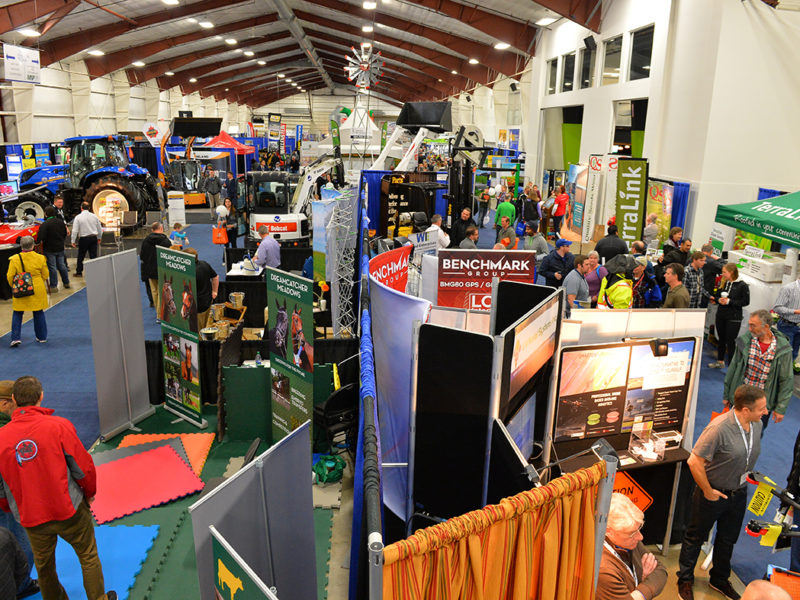Growers from across BC will gather this week for the Pacific Agriculture Show, the first time the event has been held in-person since before COVID-19.
The province’s biggest farm show kicks off at the Tradex in Abbotsford, March 31, and runs through April 2.
Originally scheduled for the end of January, the show – as well as the short course the Lower Mainland Horticultural improvement Association organizes – was postponed due to uncertainties regarding the omicron variant. Now, with public health restrictions eased and life returning to normal, the show goes on.
The program is largely the same as originally scheduled for January, with minor changes. The water management session scheduled for Friday morning, for example, will focus on irrigation and the Environmental Farm Plan program. Previously, it was focused on encouraging producers to apply for existing-use groundwater licences. The deadline for applications was March 1, requiring the change.
Other sessions on berries, greenhouse and vegetable production and floriculture will offer an array of technical information from speakers in BC and across North America. Dairy producers also have the opportunity to meet for a lunch-and-learn session on Thursday focused on farm feed efficiencies and dairy herd health.
The event will be especially meaningful this year as Fraser Valley growers reconnect to socialize and share lessons from not only two years of the pandemic but also the devastating rains of last fall. With recovery money beginning to flow, show organizer Jim Shepard expects the show will give growers a chance to discuss options with suppliers.
“The worst is over and now it’s time to rebuild,” he says. “What better place to come together than the Pacific Ag Show to source all that equipment and products, and the information, technology. And sharing stories about how everyone can help each other as well.”
According to the province, more than $17 million in AgriRecovery funding has been paid to 123 farms to date. A further $208 million has yet to be disbursed.
That represents a significant pool of money for rebuilding, in addition to assistance provided by industry organizations, insurers and private entities.


 Raspberry replant funding boost
Raspberry replant funding boost